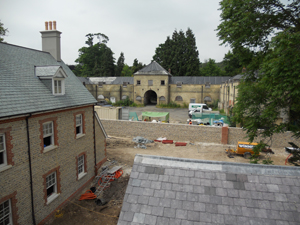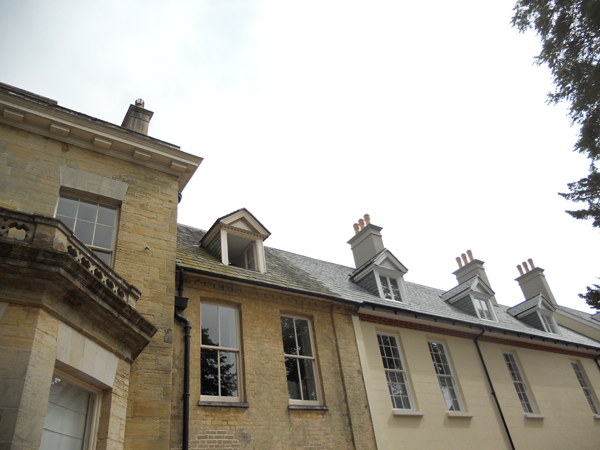Robert Nemeth on the Stanmer House houses
When Brighton Council bought the Stanmer estate from the Pelham family in 1947 for £225,000, I wonder to what degree the future of this great wooded park was accurately predicted. I certainly did not foresee that seven new houses, which are now close to completion, would be built at the rear of Stanmer House.

In 1954, Stanmer House was made a Grade I listed building and the nearby stables were made Grade II. This was before Sir Basil Spence’s architecturally admired (and hated) Sussex University was even built. The university’s Falmer House was made Grade I in 1993 and is surrounded by a myriad of Grade II structures.
The breathtaking-once-discovered Earthship Brighton has won many awards since it was built in 2005, including Greenest Building in Sussex. The surrounding Stanmer Park falls within the South Downs National Park that was created in 2009. Although the architectural styles of the buildings on the Stanmer estate are a real mix, there is no doubt that anything new must sit amongst buildings of the highest quality imaginable in the most protected of natural areas.
“The house had been rotting for years”
The council granted a 125-year lease of Stanmer House to local businessman Mike Holland in 2009, without a premium, on the condition that he spend millions restoring it, which he has done impeccably well. The house had been rotting for years and, pertinent to this story, its north and west wings had actually been demolished in 1961. These were the servants’ quarters and colonnade respectively.

The new houses have actually been built on the footprint of the old north wing but, at prices ranging from £795,000 to £975,000, they might be slightly out of the reach of a typical servant. The scheme’s original planning application was submitted in 2004 and permission was not granted until 2009. Various external finishes have been used including render and flint with red-brick quoins. Several details are questionable including chimneys which are really just there for show.
I came to view the houses through Hove-based architectural practice ABIR which, whilst not responsible for the original application, has guided the scheme through planning and construction – and a fine job they are doing too.
I am still juggling in my mind the general principle of adding houses onto the back of a stately home. I will reserve judgment until these houses, and the homes that are to be created within the nearby stables, are all sold off and occupied.
robert@buildingopinions.com
www.buildingopinions.com





















